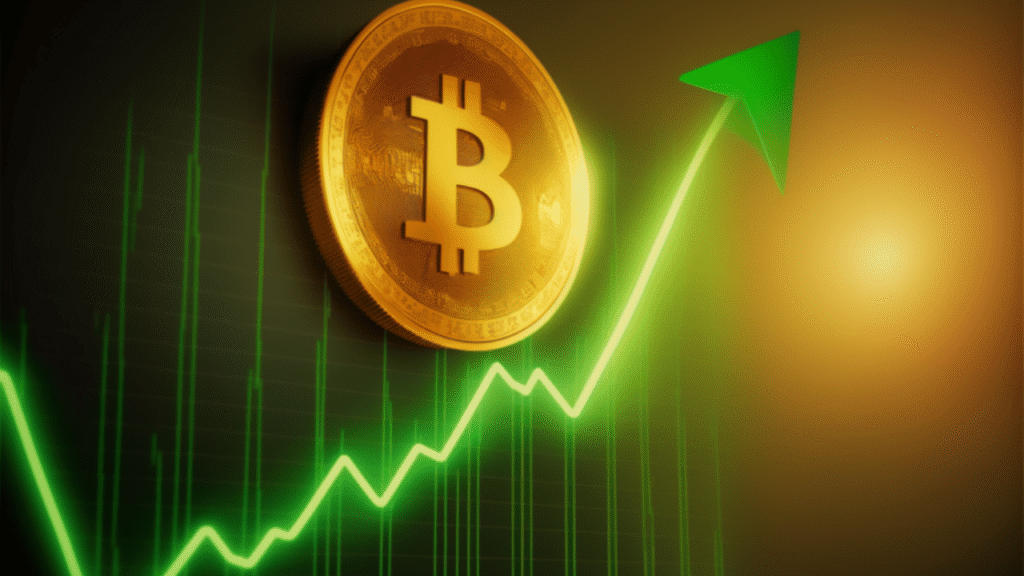Bitcoin, the pioneer of decentralized digital currency, continues to captivate the financial world with its transformative potential and dynamic market behavior. As the flagship cryptocurrency, Bitcoin’s trajectory influences not only the broader crypto ecosystem but also global financial markets, technology sectors, and regulatory policies. This article offers an in-depth analysis of recent Bitcoin news, encompassing price trends, regulatory updates, technological innovations, influential personalities, and the evolving role of Bitcoin in the global economy. By weaving together relevant keywords and latent semantic indexing (LSI) terms such as “cryptocurrency market,” “blockchain technology,” “Bitcoin regulation,” and “digital asset trends,” this piece aims to serve as a definitive, SEO-optimized resource for enthusiasts and professionals alike.
Bitcoin’s Market Movements and Investment Landscape
Bitcoin’s market behavior is often volatile yet remains the barometer of cryptocurrency market sentiment. In recent months, Bitcoin’s price has fluctuated significantly, driven by macroeconomic influences such as inflation pressures, Federal Reserve interest rate policies, and global geopolitical uncertainties. Analysts frequently discuss Bitcoin as a form of “digital gold,” emphasizing its capped supply of 21 million coins and its potential as a store of value amid fiat currency depreciation.
Institutional interest is a major factor shaping Bitcoin’s market dynamics. High-profile companies such as MicroStrategy, led by Michael Saylor, and electric vehicle giant Tesla have made headlines by incorporating Bitcoin into their corporate treasuries. This institutional adoption lends credibility and increases Bitcoin’s appeal to traditional investors, helping it transition from a speculative asset to a mainstream investment vehicle. Simultaneously, retail investor sentiment, often fueled by social media platforms like Twitter and Reddit, plays a pivotal role in driving short-term price volatility. Major cryptocurrency exchanges including Binance, Coinbase, and Kraken remain critical hubs for Bitcoin trading, offering liquidity and advanced trading tools to a diverse user base. The fluctuations in Bitcoin’s trading volumes on these platforms provide clues about market confidence and emerging trends, such as shifts toward decentralized exchanges (DEXs) or alternative cryptocurrencies (altcoins). Bitcoin market trends
Regulatory Developments: Navigating the Global Legal Environment
Bitcoin’s integration into mainstream finance is inseparable from the evolving regulatory frameworks around the world. Governments and financial authorities are grappling with the dual challenge of fostering innovation while ensuring consumer protection and combating illicit activities. In the United States, the Securities and Exchange Commission (SEC) has maintained a cautious stance toward Bitcoin-related financial products. The approval of Bitcoin exchange-traded funds (ETFs), especially spot ETFs, remains a highly anticipated milestone that could further boost investor access and market liquidity. Canadian regulators have already paved the way by approving several Bitcoin ETFs, setting a precedent that could influence U.S. and European regulatory approaches. Bitcoin market trends

Europe’s Markets in Crypto-Assets (MiCA) regulation represents a comprehensive effort to harmonize cryptocurrency oversight across member states. MiCA aims to provide legal clarity and enforce consumer protections, which could spur innovation while reducing fraud risks. On the other hand, countries like China continue to impose strict bans on cryptocurrency mining and trading, significantly impacting global Bitcoin mining distribution and hash power.
Regulatory clarity influences not only market sentiment but also technological developments such as compliance tools for Anti-Money Laundering (AML) and Know Your Customer (KYC) regulations. These measures are vital to bridging Bitcoin’s decentralized ethos with the demands of regulated financial systems.
Technological Progress Enhancing Bitcoin’s Utility
Bitcoin’s strength lies not only in its market capitalization but also in its underlying blockchain technology, which ensures secure, transparent, and decentralized record-keeping. The Bitcoin blockchain operates on a proof-of-work consensus mechanism, where miners solve complex mathematical puzzles to validate transactions and secure the network. One of the most notable technological milestones for Bitcoin was the Taproot upgrade, implemented in November 2021. Taproot enhances Bitcoin’s privacy, scalability, and scripting capabilities, enabling more complex smart contracts and increased transaction efficiency. This upgrade paves the way for advanced decentralized applications (dApps) and cross-chain interoperability. Bitcoin market trends
Moreover, the Lightning Network—a layer-two scaling solution—has gained prominence by facilitating near-instant, low-cost Bitcoin transactions off the main blockchain. Companies like Blockstream and Zap are actively developing Lightning infrastructure, which could revolutionize Bitcoin’s use as a daily payment method, rivaling traditional credit card networks. Mining technology continues to evolve with the development of highly efficient Application-Specific Integrated Circuits (ASICs). However, Bitcoin mining’s environmental impact remains a hot topic, driving miners to adopt renewable energy sources and innovative cooling techniques. The debate over Bitcoin’s carbon footprint shapes public perception and regulatory responses, further emphasizing the need for sustainable practices in crypto mining.
Influential Figures and Landmark Events in Bitcoin’s Ecosystem
Bitcoin’s narrative is shaped by a diverse array of individuals whose contributions and public statements influence its development and adoption. The enigmatic creator, Satoshi Nakamoto, remains a symbolic figure, inspiring both technological innovation and philosophical debate regarding decentralization and financial sovereignty. In recent years, entrepreneurs like Michael Saylor have emerged as vocal proponents of Bitcoin, often advocating for it as a superior alternative to traditional fiat reserves. Elon Musk’s social media activity has also demonstrated the power of high-profile endorsements and criticisms in moving Bitcoin markets.

Significant events such as Bitcoin halving—occurring approximately every four years—reduce the rewards for miners by 50%, thereby limiting new Bitcoin supply. These halving events have historically preceded major price rallies due to supply shocks. Upcoming halvings attract intense speculation and strategic positioning among investors. Annual conferences such as Bitcoin Conference and Consensus provide platforms for unveiling innovations, policy discussions, and networking among developers, investors, and regulators. These gatherings showcase the dynamic and rapidly evolving Bitcoin ecosystem, highlighting its growing maturity and mainstream integration.
Final thoughts
Bitcoin is increasingly bridging the gap between traditional finance and the emerging digital asset space. Payment processors like PayPal, Square, and BitPay now facilitate Bitcoin transactions, enabling users to buy, sell, and spend Bitcoin seamlessly. This integration marks a critical step toward mainstream adoption and the normalization of cryptocurrency in everyday commerce.
Financial institutions, including major banks and asset managers, are exploring Bitcoin custody services, futures contracts, and exchange-traded products to offer clients regulated exposure to the asset class. These developments contribute to greater market liquidity and reduced volatility over time. In regions plagued by economic instability, hyperinflation, or restrictive capital controls, Bitcoin offers an alternative means of preserving wealth and conducting transactions without reliance on unstable local currencies or intermediaries. This financial inclusivity aspect highlights Bitcoin’s potential impact beyond speculative investment, positioning it as a tool for economic empowerment.

















